Arakwal People History
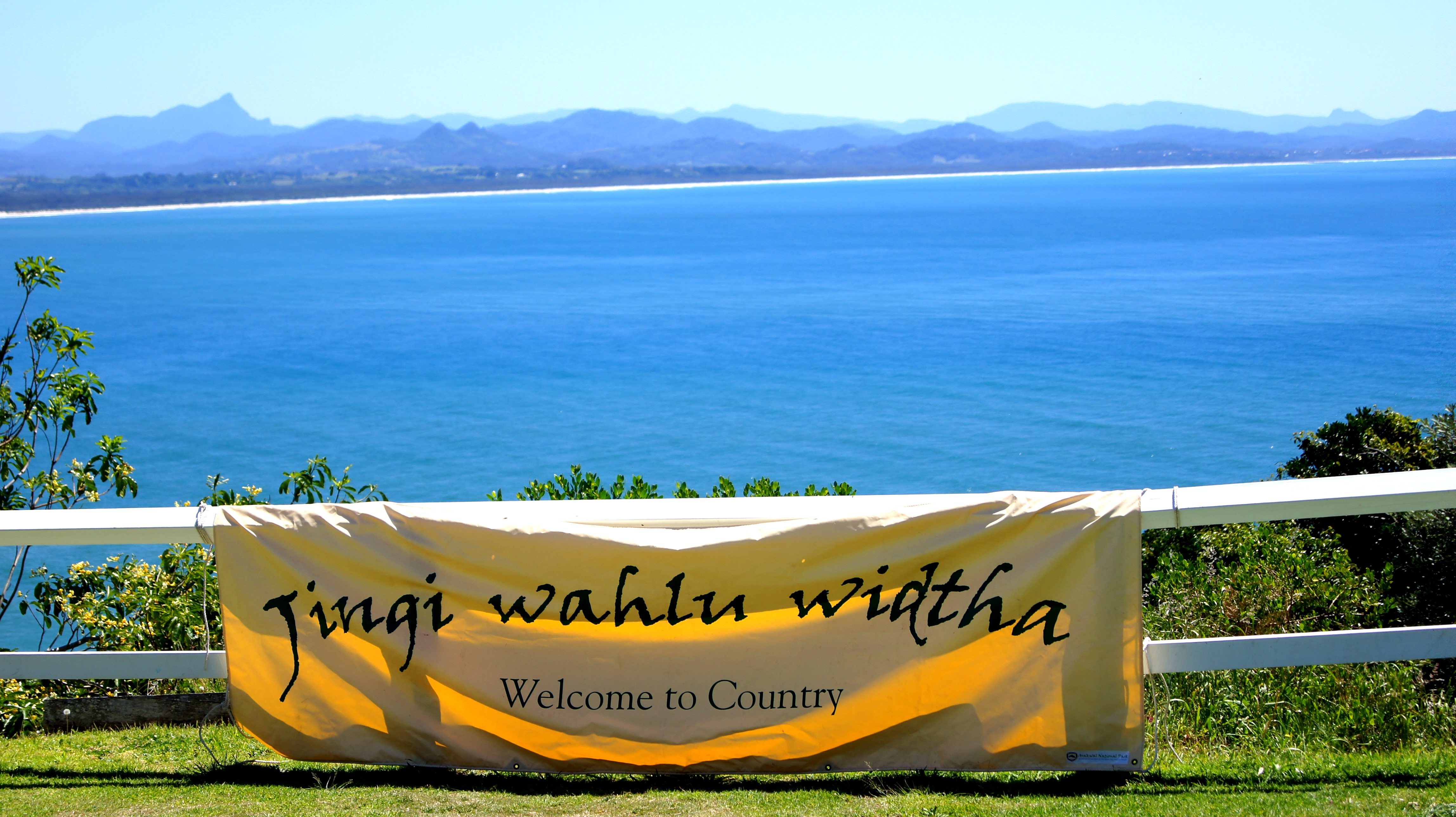
Source (Arakwal People of Byron Bay) For further details please visit http://arakwal.com.au/
When Captain Cook first sighted Cape Byron in May 1770, he recorded fires close to the beaches and observed “natives” walking along what is now Seven Mile Beach.
These were the Arakwal People of Byron Bay, one of the tribes of the Bundjalung Nation whose traditional country extended along the east coast between the Clarence River in New South Wales and the Albert River region in southern Queensland and west to the Great Dividing Range.
Their ancestors, the first humans in the region, arrived more than 20,000 years ago. The Bundjalung are one of the few Aboriginal Nations to have a story of the creation of their country in their oral history.
Many human occupation sites in Bundjalung country show unequivocal ages of up to 5,500 years before present. Most of the thousands of shell middens along their “coast” are less than 1,000 years old with a few dating back to nearly 2,000 years before present.
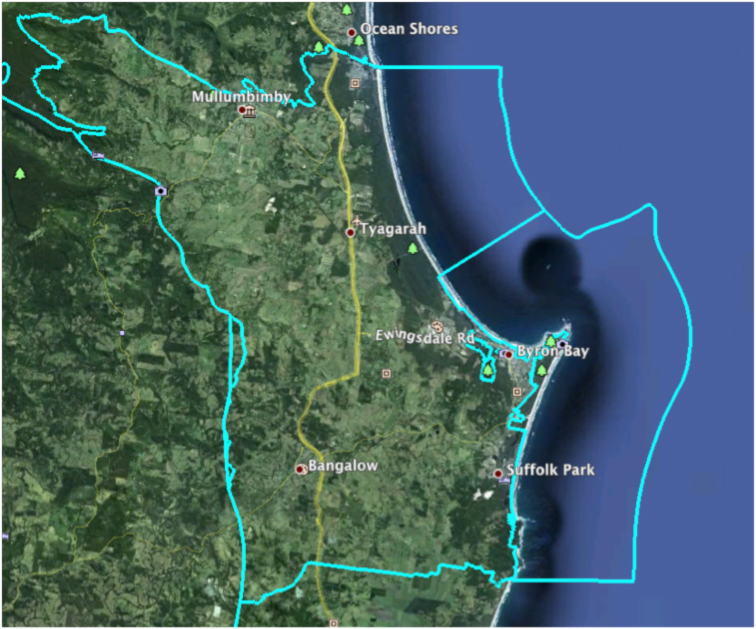
Arakwal Country extends from Seven Mile Beach south of Broken Head to the Brunswick River up north, out to the escarpment west of Byron Bay, and east out into the Tasman Sea. (Source Arakwal People of Byron Bay)
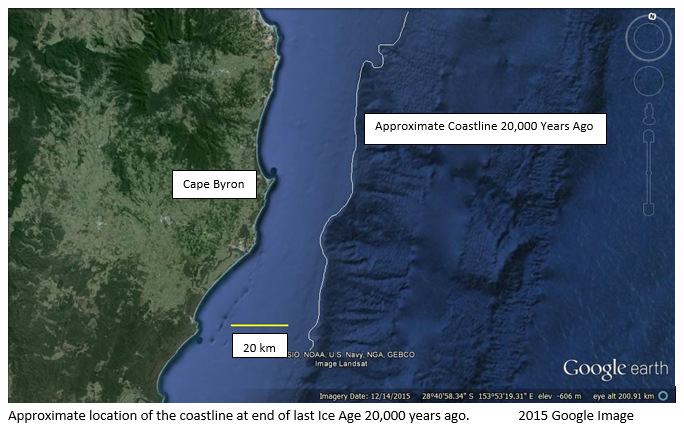
Their arrival more than 20,000 years ago coincides with the end of the last ice age when sea levels were about 120 metres lower than present, the local coast line was about 25 kilometres east of its current position and broad land bridges linked Australia with PNG and parts of Indonesia. As the ice began to melt sea level rose at a rate of a close to a metre per century and the coastline retreated westward at about 160 metres per century to reach approximately its current level and position by 5-6000 years ago. This continuous inundation of Bundjalung country drowned evidence of their use of coastal land and forced the coastal tribes, including the Arakwal, to retreat further and further westward from the “country” they initially occupied. But about 5-6000 years ago this remorseless inundation and retreat slowed and stopped. The Bundjalung tribes settled to use and occupy sites that have been preserved and provide the datable evidence of continuous occupation of their “country” since that time.
The Arakwal knew their country and its resources as a subsistence lifestyle demands. That knowledge, gleaned over many millennia, resided with the tribal elders and was passed down from generation to generation through their oral history. Their country was big enough to support their numbers in difficult times and provided a comfortable existence in normal times. Their traditions and culture provided structures for decision making and law. Their spirituality was expressed through their respect for “country”, their significant sites and their rituals. Their beliefs accounted for the things they could not explain.
Cavanbah (meeting place) was the Arakwal name for Byron Bay as it was here the northern and southern tribes of the Bundjalung Nation met. Cape Byron was Walgun. Other tribes travelled to Arakwal country to spear and trap fish during the mullet runs up the coast.
However, with the arrival of the cedar-getters in the late 1850’s and the passing of the Crown Lands Alienation (Settlement) Act in 1861 the Arakwal world changed dramatically and quickly. Gold miners arrived in 1870 to mine the beaches. In the 1880’s the first European settlers claimed and cleared land. Arakwal People found it increasingly difficult to use their country and its resources. Forests were replaced by grass or crops. Native animals were replaced by cattle and sheep. No longer was land “shared” to be used and cared for by all. Instead it became individually and exclusively owned.
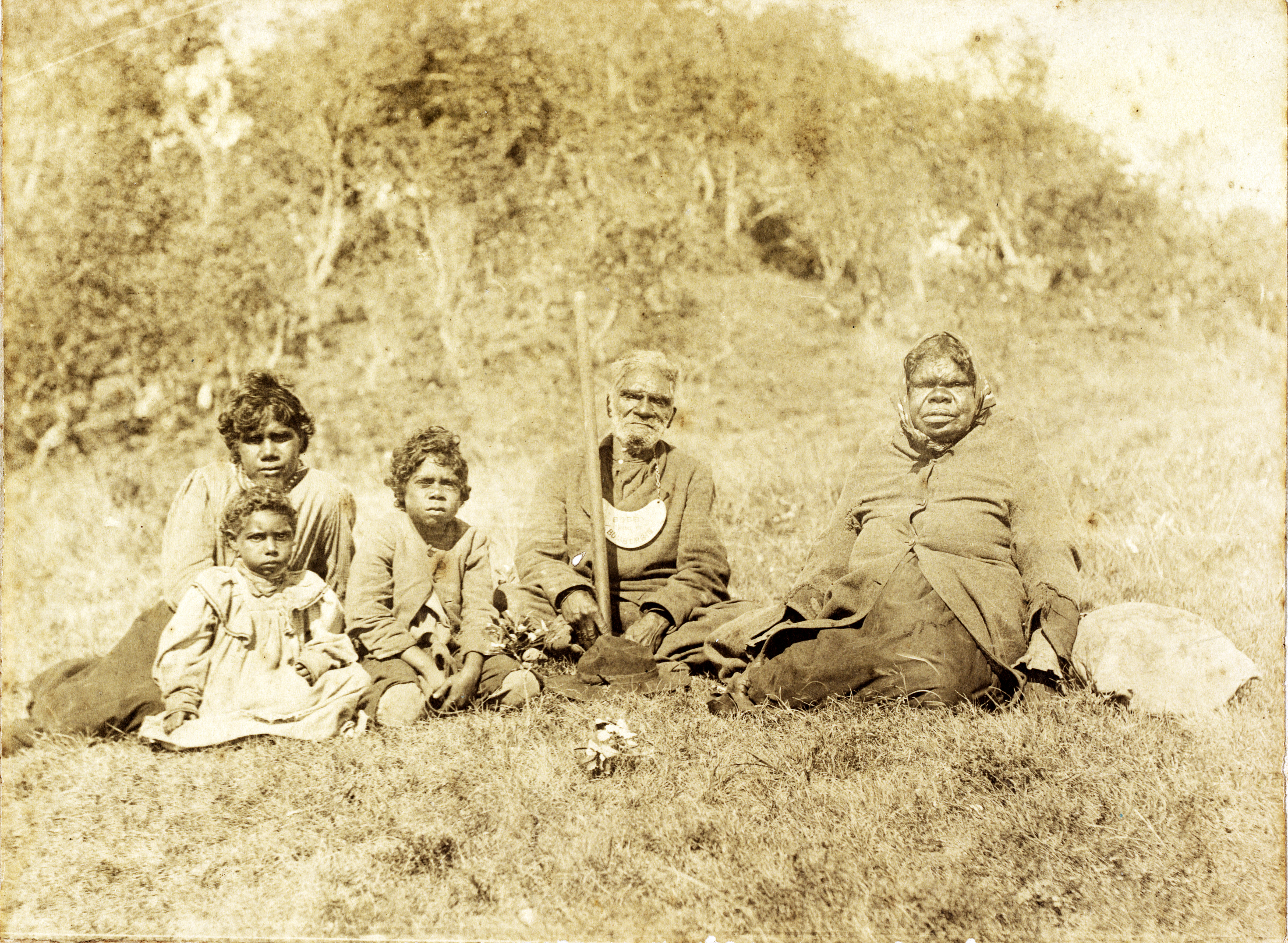
Bobby of Bumberin and Alice and family (Source – State Library of NSW)
The Arakwal were dispossessed; their numbers significantly reduced by introduced diseases, violence, hunger and “sadness”. Dispossession resulted in a never-ending circle of killing and revenge on both sides. This particularly was so as the Arakwal attempted to defend their country, women and children or sites of significance and raided the settlers’ cattle, sheep and crops to survive. The technologies, structures, knowledge, traditions and culture that had served them so well for more than 20,000 years, allowing them to survive huge natural changes to their country were no match for those introduced by the settlers. By the late 1800’s their traditional way of life had ceased. A reserve was set aside for them at Island Quarry in 1880, another on part of what is now the golf course in 1890. Both were soon revoked. A later one was established near west of Tallow Creek, enduring from 1908-1924.
Arakwal People have been reconnected with some of their country through the ownership and joint management of the Arakwal National Park and use of other areas.
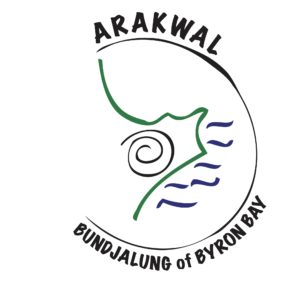
ABORIGINAL USE OF RESOURCES:
The Arakwal People of Byron Bay have lived in the Byron Bay area for many thousands of years. They adapted to and survived the natural changes of those millennia. Their numbers at any time reflected the extent to which their technologies, culture and subsistence lifestyle allowed them to utilise the resources available. In droughts and other hard times their numbers probably decreased and in good times they would have recovered. Generally their numbers were low and their impact on the local environment negligible.
Their diet was built around the seasonal availability of food. Roots such as yams were a staple but were supplemented with seasonal fruits from lilli-pilli, wild cherry, plums, black apples and ash trees, with nuts such as macadamias, with seeds such as bunya pine nuts and with native bee honey. Wallabies, possums, goannas, echidnas, brush turkeys, pigeons and other birds provided animal protein. Using spears, fish traps and nets they made seafood a significant part, perhaps even the principal part, of their diet. Many large “middens” along the coast containing millions of shells as well as fish and mammal bones reflect their use of marine resources. Carbon dating of shells and charcoal attests to many hundreds of years and occasionally a few thousands of years of accumulation. The basal layers of the midden at The Pass date back nearly 1000 years.
They travelled around their “country” and to other tribal lands and hosted other tribes to exploit seasonal food bounties such as the “mullet-run” along the coast; the coincidence of plump wallabies and kangaroos with the casuarina flowering and the bounty of the bunya pine nuts.
The bush provided their medicines such as pain- relievers, anti-inflammatories, antiseptics as well as insect repellents and even poisons to stun and kill fish. Bark freshly stripped from gum trees and sterilised in a fire was used as a wound dressing. Their dwellings were made from grass and palm fronds; their tools and weapons from carefully selected and worked timbers and stones. Animal skins provided clothing.
Early explorers such as Dixon in June 1840 records a group of aboriginals fishing with nets in the bay and described them as fine-looking and friendly. The first white settlers also described tall, strong, healthy, vigorous aboriginal people.
The Aboriginals traded ochre, coloured clays and other pigments for body decoration and painting. They utilised unique weapons for hunting and fighting such as the boomerang (a wooden “rotary wing” invented tens of thousands of years before Europeans did) and the woomera to launch their spears (a distant precursor to the catapult and rocket assisted launching for aircraft).
Their “sharing and caring” approach to resources underpinned their successful subsistence way of life in the Byron Bay area for more than 20,000 years.
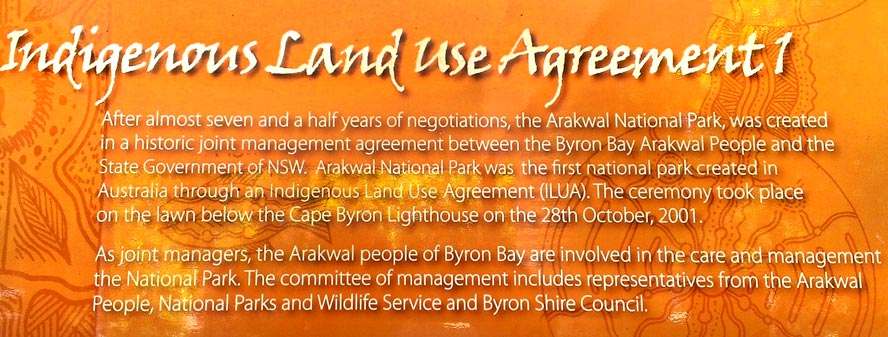
Indigenous Land User Agreement No 1
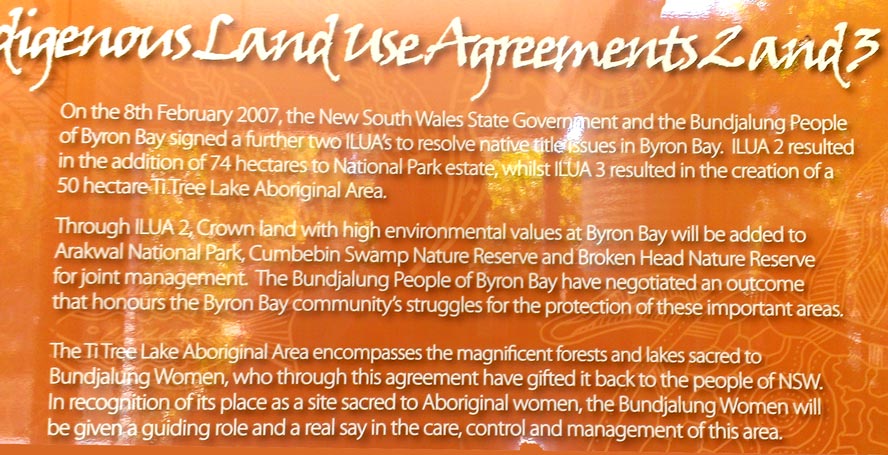
Indigenous User Land Agreement Nos 2 & 3
BUNDJALUNG OF BYRON BAY (ARAKWAL) INDIGENOUS LAND USE AGREEMENT
Did you know that the local Arakwal People pioneered the model now used around the world for resolving native title claims and were recognised internationally for this?
It all started on 3 June 1992 when the Australian High Court recognised that Aboriginals had lived in Australia for thousands of years, that they had enjoyed rights to their land according to their laws and customs and that they had been dispossessed of their lands. This finding formed the basis of the Commonwealth Native Title Act which commenced operation on 1 January 1994. This allowed Aboriginals to claim native title over some lands in Australia.
The Bundjalung Aboriginals of Byron Bay (Arakwal) lodged the first of their three native title claims over Crown lands and waters around Byron Bay in late 1994. They then consulted and negotiated with the NSW State Government, National Parks and Wildlife Service, Byron Shire Council and local community groups about access to and use of the land in their claims. An Indigenous Land Use Agreement (ILUA 1), a voluntary agreement about land use and management, was signed by the Arakwal and the NSW Government on 28 December 2000.
ILUA 1 recognised the Arakwal People as the traditional owners of 297 hectares of Crown land to be incorporated in a new National Park. This Arakwal National Park would be jointly managed by the Arakwal People and the National Parks and Wildlife Service. The Arakwal People would have access to the National Park for:
- Protection and conservation of areas of cultural heritage
- Conduct of ceremonies under traditional law and custom
- Gathering of material for traditional medicine and ceremonies
- Fishing and hunting.
ILUA 1 was the first of its kind and a land mark agreement in Australia for conservation and protection of country. It was recognised internationally as an effective way to resolve native title claims and received the prestigious Fred Packer award for distinguished achievement in wildlife preservation by the International Union for Conservation of Nature at the 5th World Parks Congress held in South Africa in 2003.
Two additional ILUA’s were signed by the Arakwal People and NSW Government in December 2006. ILUA 2 adds a further 74 hectares to the Arakwal National Park and ILUA 3 established a 50 hectare reserve, including Ti-Tree Lake and surrounding forest, sacred to Arakwal women.
The Arakwal were quick to lodge claims to their former lands, developed an innovative structure that gave them access to and use of the land but recognised the interest of other parties in that land. They negotiated patiently and constructively rather than using the courts to achieve their goals. Their approach stands as the model for indigenous people around the world.

For more information about the Arakwal People of Byron Bay please visit their website http://arakwal.com.au/ and also
the NSW National Parks and Wildlife website http://www.nationalparks.nsw.gov.au/visit-a-park/parks/arakwal-national-park